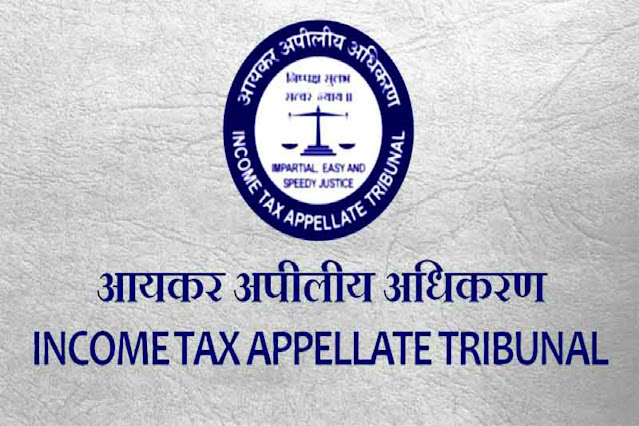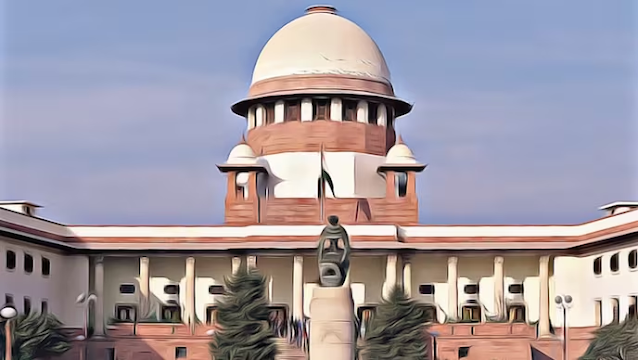R. Bhaskaran, J.@mdashThe Defendant in a suit for eviction and other incidental reliefs is the Appellant in the second appeal. Both the courts have decreed the suit as prayed for.
2. According to the Plaintiff, the plaint schedule property was let out by the Plaintiff to the Defendant as per Ext. A-1 rent deed dated 5th December 1988. The period of lease was six months and rent was Rs. 100 per month. The purpose of the lease was for additional convenience of the Engineering Works Business which was conducted by the Defendant in the premises adjacent to the plaint schedule property. The rent was subsequently enhanced to Rs. 125. The Defendant unauthorizedly put up a shed by connecting the two walls on either side of the plaint schedule property. It was put up in the absence of the Plaintiff while he was away for treatment at Palakkad. The Plaintiff sent a notice on 17th November 1995 terminating the tenancy and filed the suit since no surrender of the property was made.
3. In the written statement, it was contended that the shed was put up with the consent of the Plaintiff and additional rent of Rs. 25 was given for that reason. Even after he came to know of the construction of the shed, the Plaintiff received rent and therefore there is acquiescence. No eviction is possible without recourse to the Rent Control Court. There was no valid notice u/s 106 of the Transfer of Property Act. After framing necessary issues, the trial court found that the suit was maintainable and there was no necessity to approach the Rent Control Court as there was no entrustment of a building to the tenant and the shed was constructed, according to the Plaintiff, unauthorisedly. The trial court also found that Section 74 of the Kerala Land Reforms Act will not stand in the way of the Plaintiff seeking recovery of possession as the tenancy was created for commercial purpose and was exempted u/s 3(iii) of the Kerala Land Reforms Act. It was further found that the notice sent was valid and proper u/s 106 of the Transfer of Property Act. The plea of estoppel and acquiescence were found against.
4. The appellate court confirmed the findings of the trial court.
5. The first contention put forward by the learned Counsel for the Appellant is that Section 74 of the Kerala Land Reforms Act prohibits creation of tenancy and therefore the suit now filed on the basis of Ext. A-1 lease is not maintainable. This contention has only to be stated to be rejected since Ext. A-1 specifically says that the land is leased for the additional convenience of the Engineering Works conducted by the Defendant. Section 3(iii) of the Land Reforms Act specifically exempts leases of land or of buildings or of both specifically granted for industrial or commercial purposes. The lease being for commercial purpose does not come within the provisions of Section 74 of the Kerala Land Reforms Act. Moreover, having obtained possession under Ext. A-1 lease deed, it is not open to the Appellant to contend that the lease is invalid and that he can continue in possession as owner of the property. The benefit of permanency is given only to agricultural leases created prior to 1st April 1964 and if the contention of the Appellant is accepted, it will be extending that benefit to persons who are not entitled to it.
6. The learned Counsel for the Appellant then submitted that the Petitioner should have approached the Rent Control Court instead of filing a regular suit as there is a shed in the property. This contention also cannot be sustained since what was leased was land only and the case of the Plaintiff is that the shed was unauthorisedly constructed. The provisions of the Rent Control Act will apply only if the Appellant is a tenant as defined under the Kerala Buildings (Lease and Rent Control) Act. The definition of the word "tenant" in Section 2(6) of that Act shows that tenant means any person by whom or on whose account rent is payable for a building and it includes the heir or heirs of a deceased tenant. Ext. A-1 specifically prohibits making any construction in the land leased to the Appellant. It also provides that in case the lessee keeps the rent in arrears or uses the land for any other purpose the landlord can without waiting for the period of the lease or issuing notice get eviction of the premises from the tenant. When there is specific undertaking in the lease deed that the tenant will not make any constructions and he contends that he made the construction, it is against the terms of the lease. The burden is therefore on the tenant to show that there was permission granted by the landlord for making the construction in spite of the prohibition contained in the lease deed. Since no such permission was proved, the contention that the suit is not maintainable and a petition under the Rent Control Act alone is maintainable cannot be accepted.
7. The main contention of the learned Counsel for the Appellant is that there is no proper notice u/s 106 of the Transfer of Property Act. According to the learned Counsel, since the lease is for a manufacturing purpose, it is deemed to be a lease from year to year terminable by six months'' notice expiring with the end of the year of tenancy. The deeming clauses in Section 106 makes it clear that it is intended for cases where there is no contract or local law or usage. Where there is an express agreement as evidenced by Ext. A-1 and it provides for a lease period of six months only and a monthly rent is fixed, there is no scope for invoking the deeming provision in Section 106 of the Transfer of Property Act. Section 106 reads as follows:
106. Duration of certain leases in absence of written contract or local usage.--In the absence of a contract or local law or usage to the contrary, a lease of immovable property for agricultural or manufacturing purposes shall be deemed to be a lease from year to year, terminable, on the part of either lessor or lessee, by six months notice expiring with the end of a year of the tenancy; and a lease of immovable property for any other purposes shall be deemed to be a lease from month to month, terminable, on the part of either lessor or lessee, by fifteen days'' notice expiring with the end of a month of the tenancy.
Every notice under this Section must be in writing, signed by or on behalf of the person giving it, and either be sent by post to the party who is intended to be bound by it or be tendered or delivered personally to such party, or to one of his family or servants at his residence, or if such tender or delivery is not practicable affixed to a conspicuous part of the property.
Moreover, what is saved u/s 106 is a lease of the immovable property for manufacturing purposes. Here, the lease is granted for the additional convenience of the E.C. Engineering Works conducted by the Defendant. Manufacturing purposes is not the same as commercial purpose. In the written statement, though it is stated that notice is not valid, there is no contention that since the lease is for manufacturing purposes, 15 days'' notice is insufficient. According to the learned Counsel for the Appellant, since the premises adjacent to the plaint schedule property is used by the Defendant for E.C. Engineering Works and the plaint schedule land is also taken for additional convenience, the plaint schedule land may be deemed to be taken for manufacturing purpose. In the written statement, the Defendant does not say as to what he is manufacturing from the plaint schedule property. In the absence of any such case set up in the written statement, it is not possible to accept the contention of the learned Counsel for the Appellant that he is entitled for six months'' notice instead of 15 days'' notice. When the period of lease under Ext. A-1 is only for six months, it cannot be deemed to be a tenancy from year to year u/s 106 of the Transfer of Property Act as the Section itself shows that the deeming provision will operate only in the absence of a contract or local law or usage to the contrary.
8. The learned Counsel for the Appellant then submitted that even if it is 15 days'' notice, it is not sufficient notice u/s 106. Ext. A-1 lease deed is dated 5th December 1988. As per Ext. A-4 dated 17th November 1995, the tenancy is terminated with effect from 5th January 1996. The learned Counsel for the Appellant relied on the decision of the Supreme Court in
9. Though the learned Counsel for the Appellant argued that the landlord has acquiesced in the act of the tenant in putting up a shed and received rent even after the shed was put up, the trial court has found that there is no reliable material to establish those aspects. It is seen from Ext. A-3 Judgment in O.S. No. 538 of 1995 filed against the Defendant that there was an allegation that the Defendant had unauthorisedly put up asbestos roofing fixing the sheet connecting the two walls. The plea of acquiescence and estoppel has not only to be pleaded but also to be proved by the Defendant and since he has failed in that attempt, the same cannot be considered in second appeal.
In the result, there is no merit in the second appeal and it is dismissed without any order as to costs.

